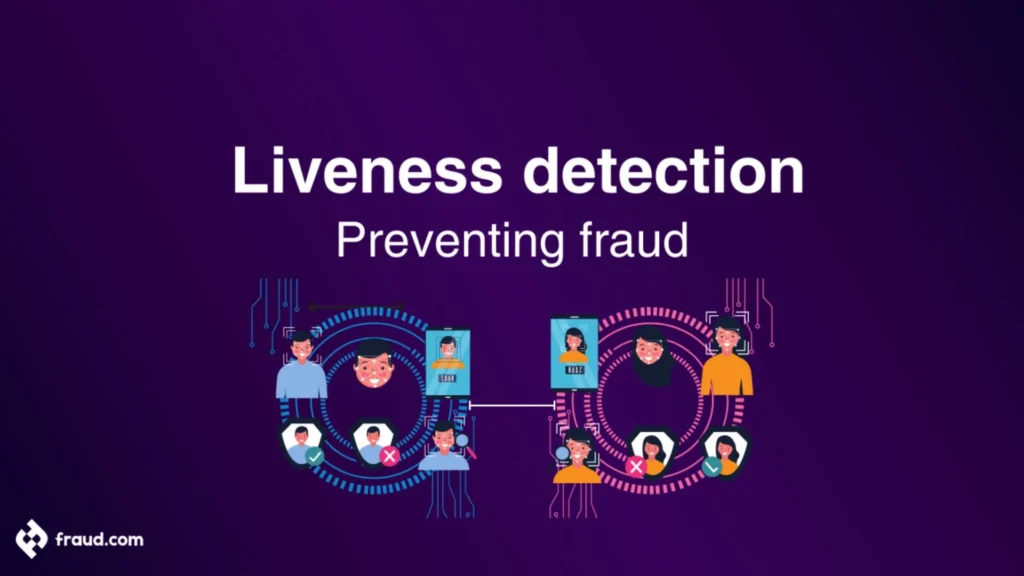Historically, fraud involved straightforward tactics such as forged documents, counterfeit money, and identity theft through physical means. These methods, while effective, required direct interaction or physical presence.The Evolution of Fraud in the Technological Era
In contrast, modern fraud techniques leverage digital platforms, exploiting the widespread connectivity and data-rich environments. Cybercriminals now use sophisticated methods like phishing, ransomware, and identity theft via data breaches. The shift to online transactions and digital communication has significantly expanded the scope and scale of fraudulent activities.The Evolution of Fraud in the Technological Era
The Role of Technology in Facilitating Fraud
- Cybercrime and Digital Fraud: Cybercrime has flourished with the advent of the internet. Techniques such as phishing, malware, and social engineering exploit weaknesses in digital systems. For example, phishing scams trick users into providing sensitive information by masquerading as legitimate entities, while malware can be used to steal data or hold systems hostage.The Evolution of Fraud in the Technological Era
- Dark Web and Anonymity: The dark web provides a haven for illegal activities, including fraud. It allows fraudsters to buy and sell stolen information, counterfeit documents, and malicious software while maintaining anonymity.
- Advanced Persistent Threats (APTs): APTs are prolonged and targeted cyberattacks aimed at stealing data from organizations. These attacks often go undetected for long periods, making them particularly dangerous.The Evolution of Fraud in the Technological Era
- Artificial Intelligence (AI) and Machine Learning (ML) in Fraud: AI and ML can be used to create deepfake technology, which generates realistic fake audio or video content. This technology can be used to deceive individuals or organizations, posing a significant fraud risk.
Technological Advancements as a Shield Against Fraud
Enhanced Security Measures
- Encryption: Encryption is crucial for protecting sensitive data. It ensures that even if data is intercepted, it cannot be read without the correct decryption key. End-to-end encryption in communications and secure storage for personal and financial information are critical to defending against data breaches.
- Biometric Authentication: Biometric systems use unique physical characteristics, such as fingerprints or facial recognition, to verify identities. This method is more secure than traditional passwords, which can be easily guessed or stolen.The Evolution of Fraud in the Technological Era
- Multi-Factor Authentication (MFA): MFA requires users to provide multiple forms of verification before granting access. This could include something they know (password), something they have (security token), and something they are (biometric verification). MFA significantly reduces the risk of unauthorized access.
Advanced Monitoring and Detection Systems
- AI and ML for Fraud Detection: While AI and ML can facilitate fraud, they are also powerful tools for detecting it. These technologies analyze vast amounts of data to identify patterns and anomalies that may indicate fraudulent activity. For instance, unusual transaction patterns can be flagged for review.
- Behavioral Analytics: This technology monitors user behavior to detect deviations from typical patterns. For example, if a user’s account suddenly shows activity from an unusual location or attempts to perform unusual transactions, it can trigger an alert.
- Real-Time Transaction Monitoring: Financial institutions employ systems that monitor transactions in real time. These systems use algorithms to identify suspicious activities and can automatically block potentially fraudulent transactions.
Blockchain Technology and Fraud Prevention
Blockchain technology, known for its role in cryptocurrency, offers significant potential for fraud prevention. Its decentralized and immutable nature makes it difficult for fraudsters to alter records.
- Transparency and Traceability: Blockchain provides a transparent ledger of all transactions, which can be audited by all parties involved. This traceability is particularly useful in supply chain management and financial transactions.
- Smart Contracts: Smart contracts automatically execute and enforce agreements when predefined conditions are met. They reduce the need for intermediaries and can prevent fraud by ensuring that all terms are strictly adhered to.
The Interplay Between Technology and Fraud: Case Studies
Case Study 1: The Equifax Data Breach
In 2017, Equifax, a major credit reporting agency, experienced a massive data breach that exposed the personal information of approximately 147 million people. The breach was facilitated by a vulnerability in a web application framework that was not promptly patched.
Lessons Learned: The Equifax breach underscores the importance of timely software updates and patches, robust encryption, and rigorous security protocols. It also highlights how technological vulnerabilities can be exploited for large-scale fraud.
Case Study 2: The Role of AI in Detecting Payment Fraud
PayPal, a global payment platform, uses AI and ML algorithms to detect and prevent fraud. These systems analyze transaction patterns and flag suspicious activities, allowing for swift intervention.
Lessons Learned: PayPal’s success in minimizing fraud through AI demonstrates the potential of advanced technology in protecting against fraudulent activities. Continuous monitoring and adaptive learning are critical components of an effective fraud prevention strategy.
Case Study 3: Blockchain in Supply Chain Management
IBM and Maersk have implemented a blockchain-based system to improve the transparency and security of their supply chain operations. This system ensures that all parties have a single, immutable version of the truth regarding shipment details.
Lessons Learned: The use of blockchain technology in supply chain management shows how decentralization and immutability can reduce the risk of fraud and enhance trust among stakeholders.
The Balance Between Security and Privacy
Privacy Concerns in the Age of Advanced Technology
While advanced security measures are essential, they often come at the cost of privacy. Biometric authentication, for example, requires the storage of sensitive personal data. There are concerns about how this data is stored, who has access to it, and how it can be used.
The GDPR and Its Impact on Fraud Prevention
The General Data Protection Regulation (GDPR) in the European Union sets strict guidelines for data privacy and security. It mandates that companies protect personal data and respect user privacy.
Impact on Fraud Prevention: GDPR compliance can complicate fraud prevention efforts by restricting the amount of data that can be collected and analyzed. However, it also encourages companies to adopt stronger security measures to protect data, thus indirectly contributing to fraud prevention.
The Future of Technology and Fraud Risk
Emerging Technologies and Their Implications
- Quantum Computing: Quantum computing has the potential to revolutionize data processing and encryption. However, it also poses a risk to current encryption methods, as quantum computers could theoretically break encryption that is currently considered secure.
- Internet of Things (IoT): The proliferation of IoT devices expands the attack surface for fraudsters. Each connected device can be a potential entry point for cyberattacks if not properly secured.
- Decentralized Finance (DeFi): DeFi platforms, which use blockchain technology for financial transactions without intermediaries, are growing rapidly. While they offer enhanced security and transparency, they also introduce new risks, such as smart contract vulnerabilities.
Strategies for Mitigating Future Fraud Risks

- Continuous Innovation and Adaptation: Organizations must continually evolve their security practices to stay ahead of fraudsters. This includes investing in new technologies, updating systems, and training employees on the latest threats.
- Collaboration and Information Sharing: Sharing information about threats and vulnerabilities between organizations can help create a unified defense against fraud. Industry alliances and partnerships can play a crucial role in combating fraud at a larger scale.
- Regulatory Compliance and Best Practices: Adhering to regulatory standards and implementing best practices for data security and fraud prevention are essential. This not only helps in compliance but also builds trust with customers and stakeholders.
Conclusion
The relationship between technology and fraud is complex and evolving. While strong technology offers powerful tools for detecting and preventing fraud, it also presents new challenges and opportunities for fraudsters. The key to mitigating fraud risk lies in balancing technological advancements with robust security measures, continuous innovation, and a commitment to privacy and regulatory compliance.
Organizations must stay vigilant, adapt to emerging threats, and leverage technology to build resilient systems that can withstand the ever-changing landscape of fraud. By doing so, they can harness the power of technology to not only protect against fraud but also drive growth and innovation in a secure manner.

